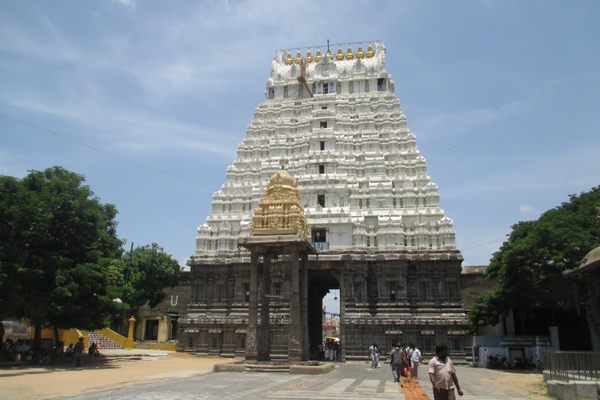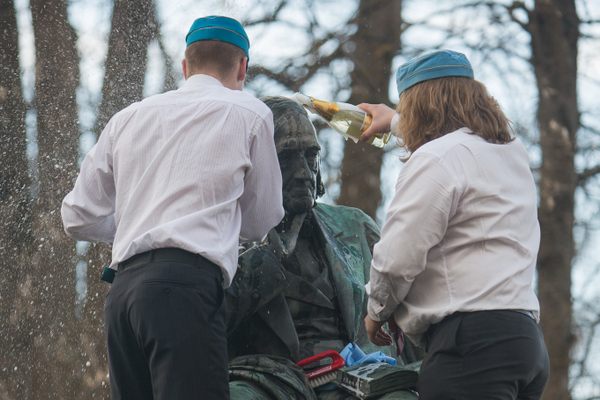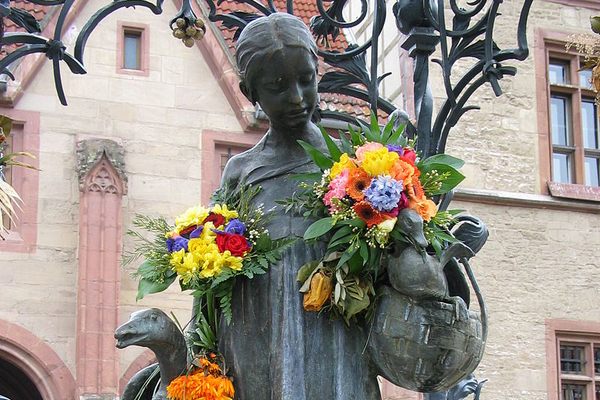About
A haven for criminals of all stripes, the sanctuary stones of Beverley marked an ancient boundary inside of which thieves and brigands could escape the law.
Legend has it that King Athelstan granted Beverley sanctuary for the otherworldly assistance of St. John of Beverly in winning the battle of Brunanburh in 937. The battle made Athelstan the first king of all Britain, and sanctuary extended for a mile around the the saint's tomb.
Winning the battle of Brunanburh was not the first miracle attributed to St. John of Beverley, and it would not be the last. The "Cult of St. John" was firmly established by Athelstan's time, with pilgrims coming to the former bishop's tomb for miraculous healings or saintly interventions in their lives. Centuries later, on St. John's feast day in 1415, Henry V triumphed over great odds at the Battle of Agincourt, and he also credited the saint for the victory.
Sanctuary was an important component of medieval law and life. Established around AD 600, sanctuary laws provided safe asylum within churches. Or, in cases determined by the king, an entire town might be considered sanctuary, as in Beverley. Asylum-seekers could confess and hand over arms in exchange for a temporary stay of punishment and the possibility of intervention on their behalf by the clergy or others who may have needed time to mount a defense. This period of sanctuary usually lasted for 40 days.
At the end of the period of sanctuary, the asylum seeker had two options: to relent and face trial by the authorities, or to confess to the church and become a literal outlaw, exiled from the country via the nearest port. Outlaw fugitives in this case had their heads shaved, were often given a special outfit to wear and a staff to carry, and told to make for a specific port within a restricted amount of time. Many outlaws of the era simply opted, once safely out of view of the sanctuary, to change clothes, put on a hat, and return to their life of vice. Of course, should they have been caught, their punishments would've been severe.
The laws of asylum were effectively ended by Henry VIII during his crackdown on the powers of the church over the (his) state, and completely abolished in 1623 by James I.
The number of sanctuary stones is unknown. A first mention of the sanctuary stones of Beverley comes in the 12th century, with another two mentioned in the 16th. It is possible that there was a fifth stone, since there were five main roads into the city. The stones were originally fashioned into large crosses, and an asylum seeker would have needed to physically touch the stones in order to be considered within sanctuary.
Two of the four, or possibly five, original stones remain, all but unrecognizable as crosses after so many years. The southern cross is on Hessle Road, north of Bentley. The Killingwoldgraves cross is along the York Road. A possible third remaining sanctuary stone is on the Walkington Road.
Related Tags
Community Contributors
Added By
Published
March 10, 2010
















